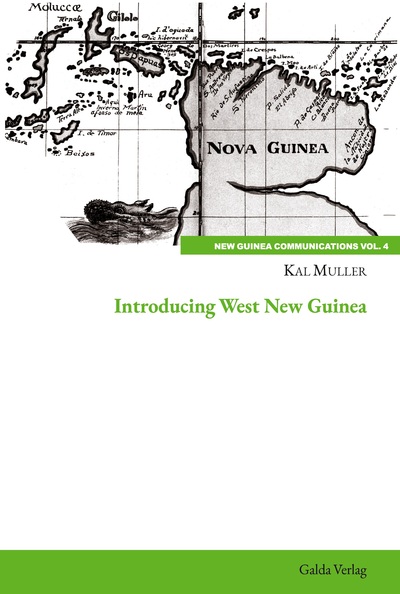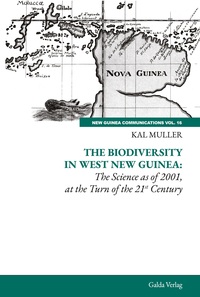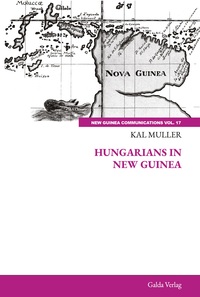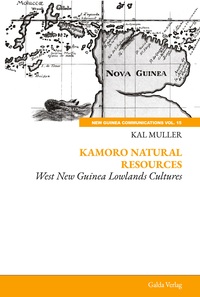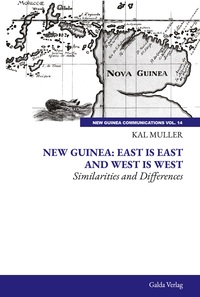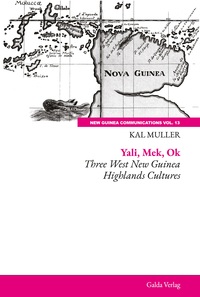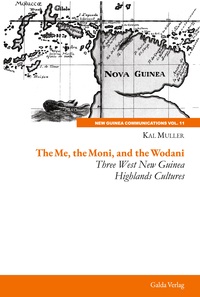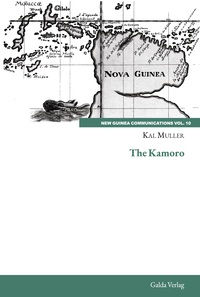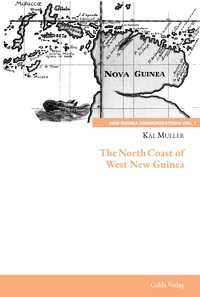Nous utilisons des cookies pour améliorer votre expérience. Pour nous conformer à la nouvelle directive sur la vie privée, nous devons demander votre consentement à l’utilisation de ces cookies. En savoir plus.
Introducing West New Guinea
EAN : 9783962031756
Édition papier
EAN : 9783962031756
Paru le : 15 sept. 2021
38,50 €
36,49 €
Disponible
Pour connaître votre prix et commander, identifiez-vous
Notre engagement qualité
-
 Livraison gratuite
Livraison gratuite
en France sans minimum
de commande -
 Manquants maintenus
Manquants maintenus
en commande
automatiquement -
 Un interlocuteur
Un interlocuteur
unique pour toutes
vos commandes -
 Toutes les licences
Toutes les licences
numériques du marché
au tarif éditeur -
 Assistance téléphonique
Assistance téléphonique
personalisée sur le
numérique -
 Service client
Service client
Du Lundi au vendredi
de 9h à 18h
- EAN13 : 9783962031756
- Réf. éditeur : 250803
- Date Parution : 15 sept. 2021
- Disponibilite : Disponible
- Barème de remise : NS
- Nombre de pages : 116
- Format : H:230 mm L:155 mm E:7 mm
- Poids : 206gr
- Résumé : THE BOOK West New Guinea, the Indonesian neighbour of Papua New Guinea is little known to both the academic and scientific, and indeed the world at large, as the Indonesian government jealously guards awarding permits to researchers and foreign journalists. Explorers and anthropologists wrote extensively about Dutch New Guinea. It is from these books and manuscripts, and newly published materials collected by Dr Kal Muller, that we now have a concise document for anyone studying West New Guinea. A necessary primer, it gives an extensive overview - the formation of the island, its flora and fauna, peoples and cultures, early trade, and its history till the end of World War II. THE SERIES The aim is to provide a conduit for the publication of studies on the Island of New Guinea, with its two established political divisions, but will also include other associated patterns of islands. It will enable contributions from new knowledge workers—with their dissertations—and from established scholars. As there are numerous scholars who would like better coverage of the areas in which they have explored—as a tribute to the people they have worked with—as well as local scholars who understand the importance of their unique areas. It is felt that the approaches being trialed in the visual anthropology part of the series as area studies will bring a wider attention to the remarkable nature of the island. The first volumes will be on modes of communication: oral history and folklore, and the emergence of a local literature. While the representation of all disciplines is welcome, comparative and whole island studies would be of great interest as well. For this, collaborative works or edited volumes may be needed. It will allow for academic publications of a more preliminary kind—rather than exhaustive monographs, which are becoming more and more impossible to produce. Where is the knowledge we have lost?
- Biographie : Dr Muller spent 22 years working and living with two Papuan groups, allowing him access to excellent relations with not just the people but also prominent academics and scientists and their resources.

